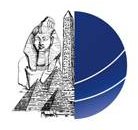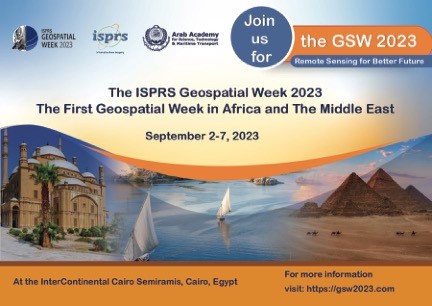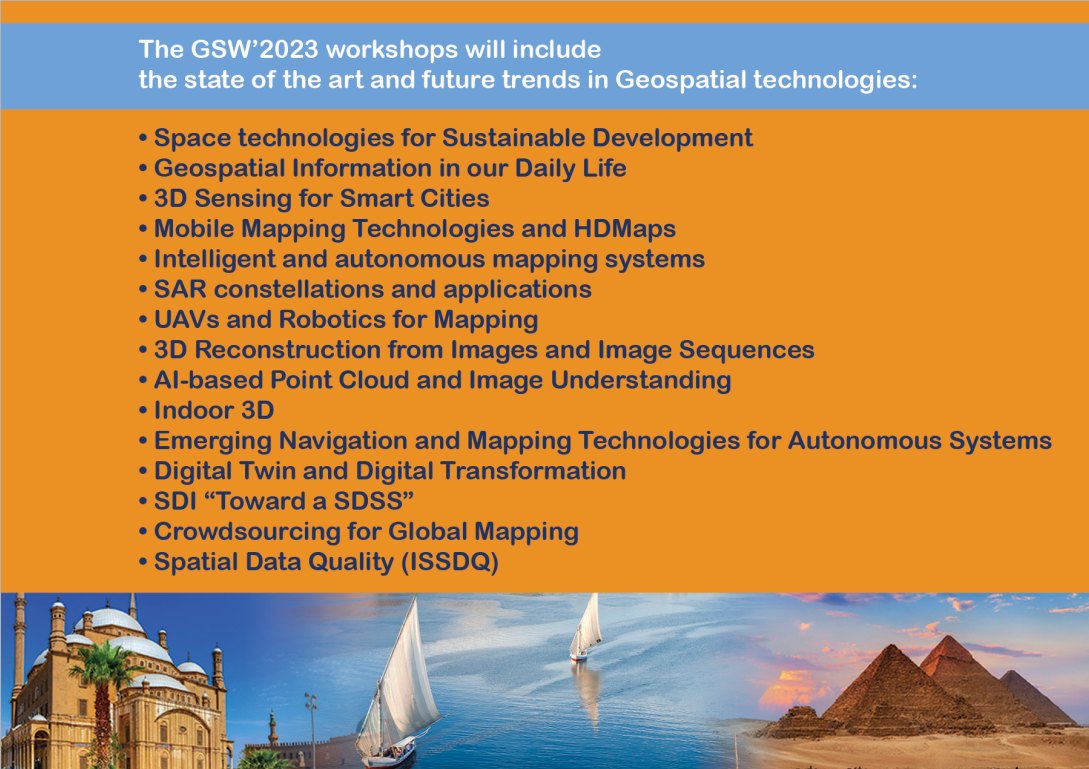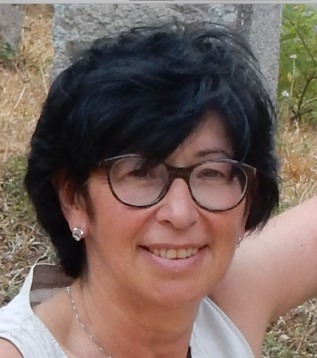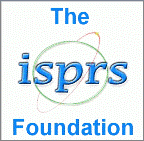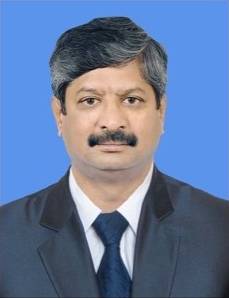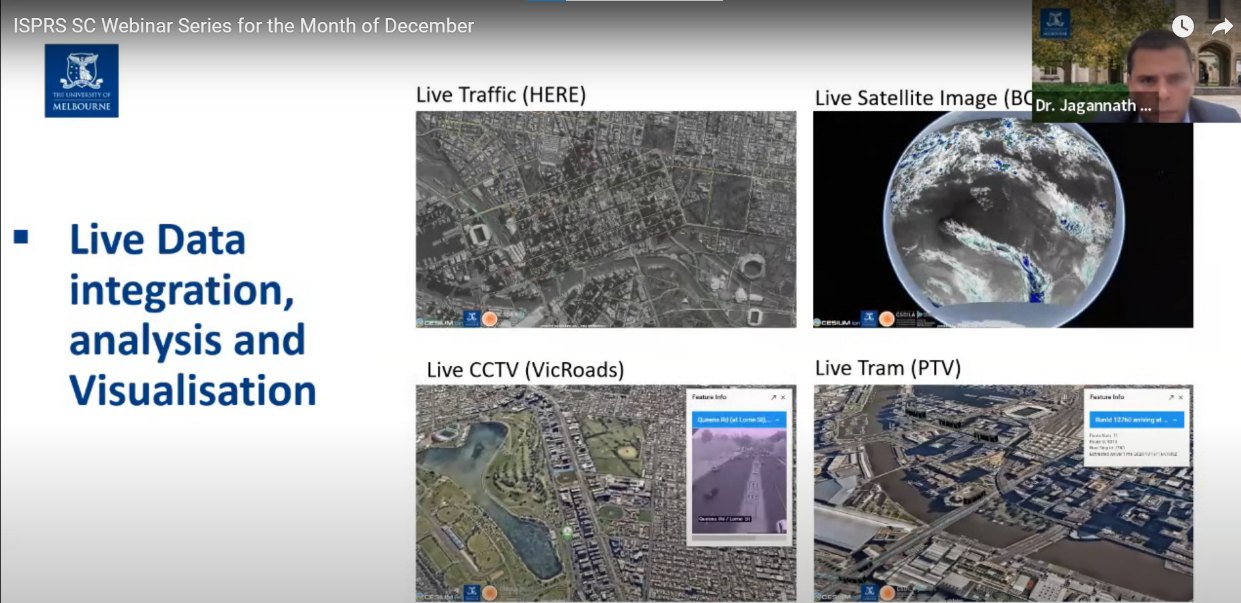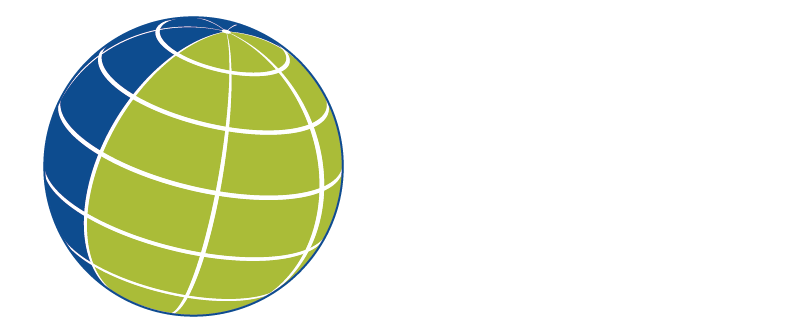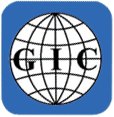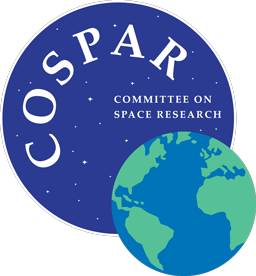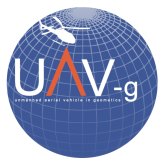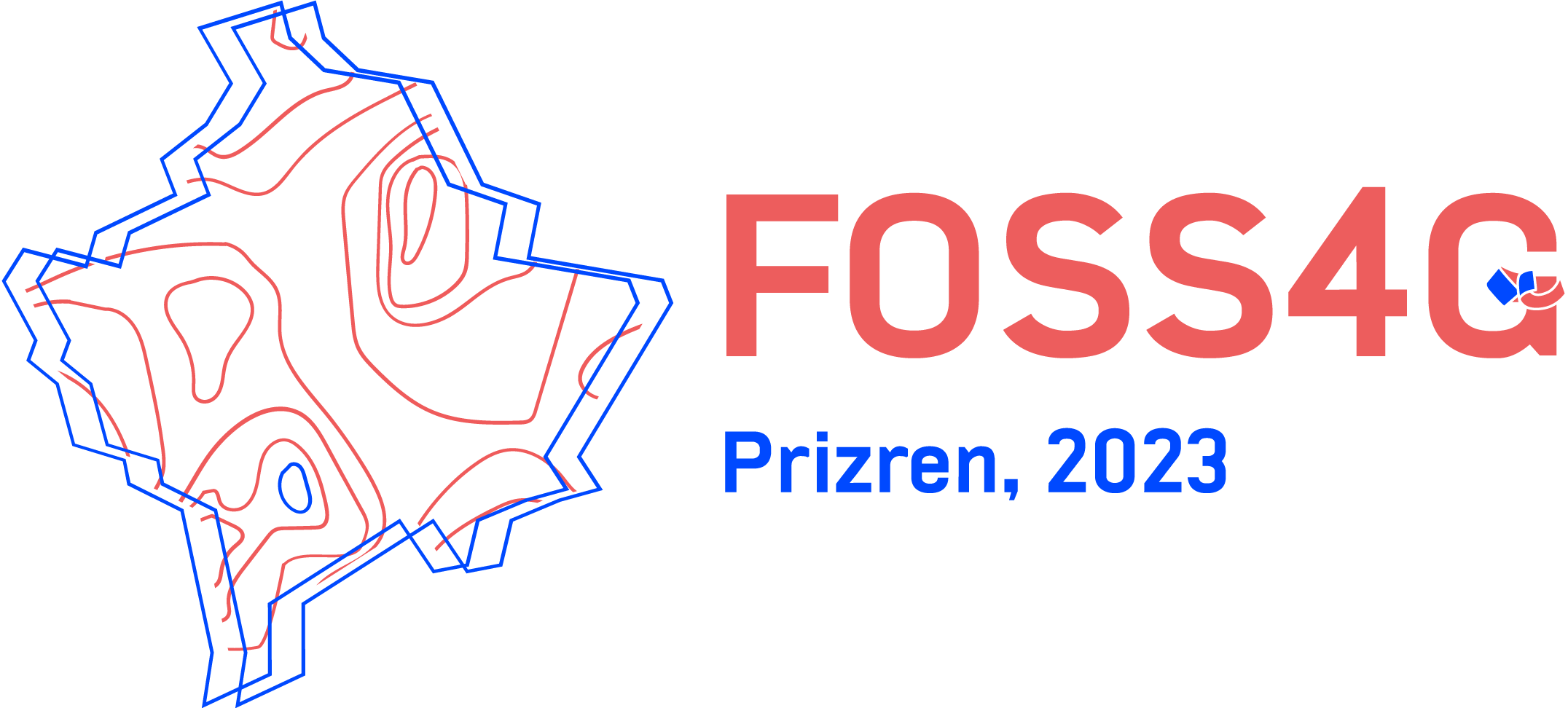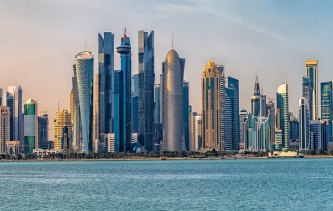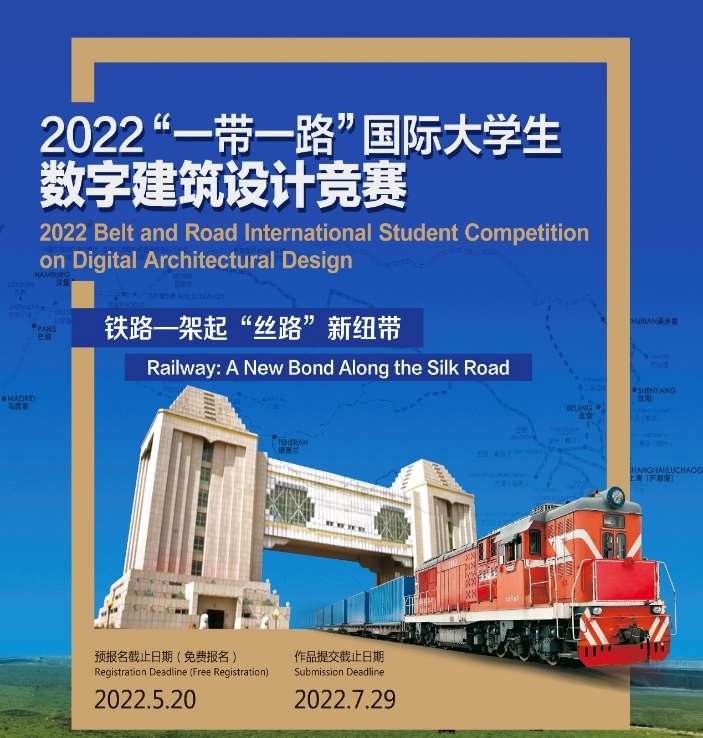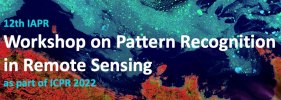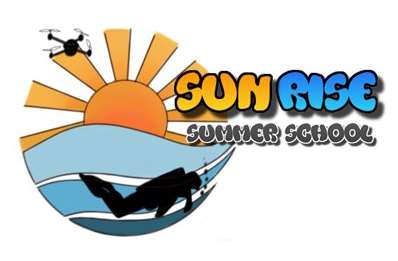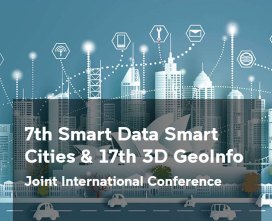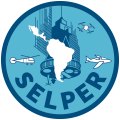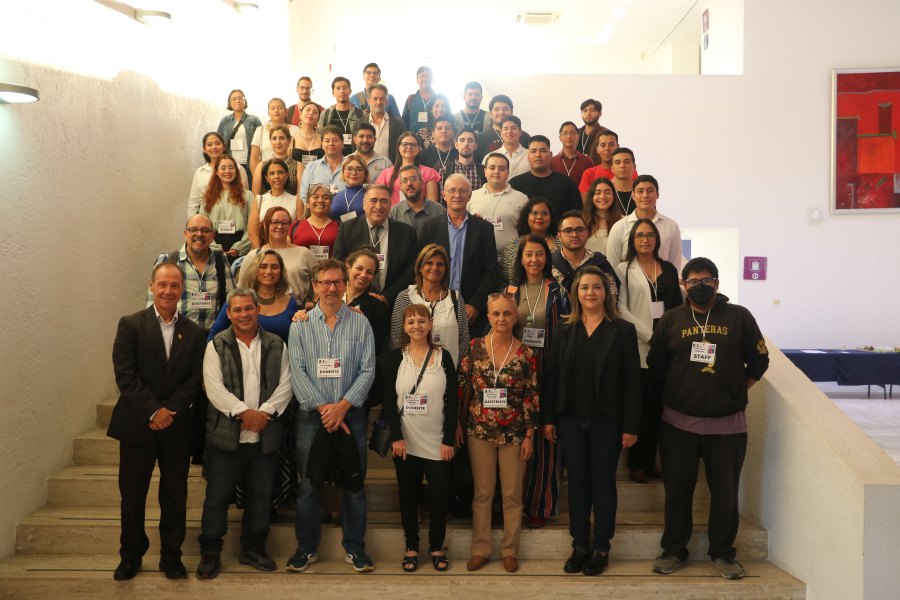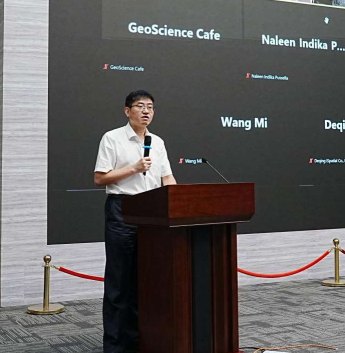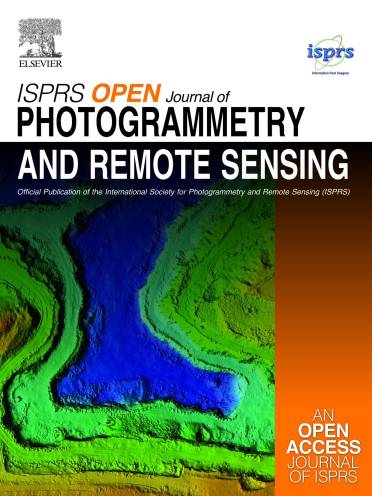Dynamics of the Burlan and Pomacochas Lakes Using SAR Data in GEE, Machine Learning Classifiers, and Regression Methods
Gómez Fernández, Darwin, Salas López, Rolando, Rojas Briceño, Nilton B., Silva López, Jhonsy O., Oliva, Manuel
No: 534
Google Earth Engine as Multi-Sensor Open-Source Tool for Monitoring Stream Flow in the Transboundary River Basin: Doosti River Dam
Pakdel-Khasmakhi, Hadis, Vazifedoust, Majid, Paudyal, Dev Raj, Chadalavada, Sreeni, Alam, Md Jahangir
No: 535
Understanding the Dynamic Mechanism of Urban Land Use and Population Distribution Evolution from a Microscopic Perspective
Jin, Min, Wang, Lizhe, Ge, Fudong, Xie, Bing
No: 536
Data-Driven Approach to Assess Street Safety: Large-Scale Analysis of the Microscopic Design
Wu, Wanshu, Guo, Jinhan, Ma, Ziying, Zhao, Kai
No: 537
Map-Matching Error Identification in the Absence of Ground Truth
Dey, Subhrasankha, Tomko, Martin, Winter, Stephan
No: 538
Technical Analysis of Contact Tracing Platform Developed by Google–Apple for Constraining the Spread of COVID-19
Majeed, Abdul
No: 539
Machine Recognition of Map Point Symbols Based on YOLOv3 and Automatic Configuration Associated with POI
Zhang, Huili, Zhou, Xiaowen, Li, Huan, Zhu, Ge, Li, Hongwei
No: 540
Use of a MODIS Satellite-Based Aridity Index to Monitor Drought Conditions in the Pearl River Basin from 2001 to 2021
Niu, Kunlong, Qiu, Junliang, Cai, Shirong, Zhang, Wenxin, Mu, Xiaolin, Park, Edward, Yang, Xiankun
No: 541
Spatio-Temporal Unequal Interval Correlation-Aware Self-Attention Network for Next POI Recommendation
Li, Zheng, Huang, Xueyuan, Liu, Chun, Yang, Wei
No: 543
Thematic Content and Visualization Strategy for Map Design of City-Specific Culture Based on Local Chronicles: A Case Study of Dengfeng City, China
He, Xiaohui, Liu, Chuan, Wu, Lili, Wang, Yongji, Tian, Zhihui
No: 542
Using Isovists in Measuring Surveillance and Expected Guardianship in Residential Neighborhood Property Crimes
Nubani, Linda, Wineman, Jean
No: 544
Assessing the Spatial Accessibility of Urban Medical Facilities in Multi-Level and Multi-Period Scales Based on Web Mapping API and an Improved Potential Model
Wang, Jingyong, Su, Yuwei, Chen, Zihao, Tang, Lixuan, Wang, Guoen, Wang, Jiangping
No: 545
Spatiotemporal Evolution and Influential Factors of Rural Poverty in Poverty-Stricken Areas of Guizhou Province: Implications for Consolidating the Achievements of Poverty Alleviation
Li, Guie, Jiao, Yangyang, Li, Jie, Yan, Qingwu
No: 546
Multi-Source Spatio-Temporal Data-Based Tourism Structure Analysis of Demonstration City for Global Tourism: Case Study of Liyang, China
Wu, Haoqi, Chen, Zhenan, Yan, Jun, Tang, Xiaolan
No: 547
Delineating Urban Community Life Circles for Large Chinese Cities Based on Mobile Phone Data and POI Data—The Case of Wuhan
Jiao, Hongzan, Xiao, Miaomiao
No: 548
Differentiation of Vegetation Community Characteristics by Altitude within Urban Parks and Their Service Functions in a Semi-Arid Mountain Valley: A Case Study of Lanzhou City
Tang, Xianglong, Wei, Tianfeng, He, Yueming, He, Kun
No: 549
Ecological Associations between Obesity Prevalence and Neighborhood Determinants Using Spatial Machine Learning in Chicago, Illinois, USA
Lotfata, Aynaz, Georganos, Stefanos, Kalogirou, Stamatis, Helbich, Marco
No: 550
Modelling Bottlenecks of Bike-Sharing Travel Using the Distinction between Endogenous and Exogenous Demand: A Case Study in Beijing
Chao, Sun, Jian, Lu
No: 551
Panic Detection Using Machine Learning and Real-Time Biometric and Spatiotemporal Data
Lazarou, Ilias, Kesidis, Anastasios L., Hloupis, George, Tsatsaris, Andreas
No: 552
Reconsidering Tourism Destination Images by Exploring Similarities between Travelogue Texts and Photographs
Zhang, Xin, Lu, Xiaoqian, Zhou, Xiaolan, Shen, Chaohai
No: 553
Geomedia Attributes for Perspective Visualization of Relief for Historical Non-Cartometric Water-Colored Topographic Maps
Medyńska-Gulij, Beata
No: 554
Agglomeration Externalities, Network Externalities and Urban High-Quality Development: A Case Study of Urban Agglomeration in the Middle Reaches of the Yangtze River
Liu, He, Li, Xueming, Li, Songbo, Tian, Shenzhen, Gong, Yilu, Guan, Yingying, Sun, He
No: 555
Evaluating Stable Matching Methods and Ridesharing Techniques in Optimizing Passenger Transportation Cost and Companionship
Magsino, Elmer, Ching, Gerard Ryan, Espiritu, Francis Miguel, Go, Kerwin
No: 556
Proposal of Redefinition of the Terms Geomatics and Geoinformatics on the Basis of Terminological Postulates
Krawczyk, Artur
No: 557
A Shape-Preserving Simplification Method for Urban Building Models
Xiang, Hanyu, Huang, Xianfeng, Lan, Feng, Yang, Chong, Gao, Yunlong, Wu, Wenyu, Zhang, Fan
No: 562
Evaluation of Automatic Prediction of Small Horizontal Curve Attributes of Mountain Roads in GIS Environments
Gülci, Sercan, Acar, Hafiz Hulusi, Akay, Abdullah E., Gülci, Neşe
No: 560
Mining the Spatial Distribution Pattern of the Typical Fast-Food Industry Based on Point-of-Interest Data: The Case Study of Hangzhou, China
Zhou, Yan, Shen, Xuan, Wang, Chen, Liao, Yixue, Li, Junli
No: 559
Construction of a COVID-19 Pandemic Situation Knowledge Graph Considering Spatial Relationships: A Case Study of Guangzhou, China
Yang, Xiaorui, Li, Weihong, Chen, Yebin, Guo, Yunjian
No: 561
Acceptance of Online Mapping Technology among Older Adults: Technology Acceptance Model with Facilitating Condition, Compatibility, and Self-Satisfaction
Man, Siu Shing, Guo, Yingqian, Chan, Alan Hoi Shou, Zhuang, Huiping
No: 558
An Evaluation of Urban Renewal Based on Inclusive Development Theory: The Case of Wuhan, China
Liu, Wei, Yang, Jie, Gong, Yue, Cheng, Qi
No: 563
Vulnerability Identification and Cascading Failure Spatiotemporal Patterns on Road Network under the Rainstorm Disaster
Wu, Qirui, Han, Zhigang, Cui, Caihui, Liu, Feng, Zhao, Yifan, Xie, Zhaoxin
No: 564
The Influence of Point Cloud Accuracy from Image Matching on Automatic Preparation of Training Datasets for Object Detection in UAV Images
Zachar, Paulina, Ostrowski, Wojciech, Płatek-Żak, Anna, Kurczyński, Zdzisław
No: 565
Optimization of Complex Function Expansions for Gauss-Krüger Projections
Li, Xiaoyong, Li, Houpu, Liu, Guohui, Bian, Shaofeng
No: 566
The Verification of Land Cover Datasets with the Geo-Tagged Natural Scene Images
Cui, Liu, Yang, Hui, Chu, Liang, He, Qingping, Xu, Fei, Qiao, Yina, Yan, Zhaojin, Wang, Ran, Ci, Hui
No: 567
Evaluation of Coastal Erosion in the Watersheds of Municipality of Buenaventura, Colombia: Using Geospatial Techniques and the Composite Vulnerability Index
Fuentes, Jose Eduardo, Olaya, Robin Alexis, Garcia, Cesar Edwin
No: 568
Geographic Information System Applied to Sustainability Assessments: Conceptual Structure and Research Trends
Oliveira, Victor Tomaz de, Teixeira, Denilson, Rocchi, Lucia, Boggia, Antonio
No: 569
A Machine Learning Approach for Detecting Rescue Requests from Social Media
Wang, Zheye, Lam, Nina S. N., Sun, Mingxuan, Huang, Xiao, Shang, Jin, Zou, Lei, Wu, Yue, Mihunov, Volodymyr V.
No: 570
Building Block Extraction from Historical Maps Using Deep Object Attention Networks
Zhao, Yao, Wang, Guangxia, Yang, Jian, Zhang, Lantian, Qi, Xiaofei
No: 572
Site Selection of Natural Gas Emergency Response Team Centers in Istanbul Metropolitan Area Based on GIS and FAHP
Sarıkaya, Mehmet Şerif, Yanalak, Mustafa, Karaman, Himmet
No: 571
Evaluating BFASTMonitor Algorithm in Monitoring Deforestation Dynamics in Coniferous and Deciduous Forests with LANDSAT Time Series: A Case Study on Marmara Region, Turkey
Mashhadi, Nooshin, Alganci, Ugur
No: 573
Field Cognitive Styles on Visual Cognition in the Event Structure Design of Bivariate Interactive Dorling Cartogram—The Similarities and Differences of Field-Independent and Field-Dependent Users
Zhu, Yanfei, Gu, Jie, Lin, Yun, Chen, Mo, Guo, Qi, Du, Xiaoxi, Xue, Chengqi
No: 574
Urban Human-Land Spatial Mismatch Analysis from a Source-Sink Perspective with ICT Support
Li, Tong, Xiu, Chunliang, Yu, Huisheng
No: 575
Spatial Pattern and Influencing Factors of Basic Education Resources in Rural Areas around Metropolises—A Case Study of Wuhan City’s New Urban Districts
Jiang, Liang, Chen, Jie, Tian, Ye, Luo, Jing
No: 576
Map Design and Usability of a Simplified Topographic 2D Map on the Smartphone in Landscape and Portrait Orientations
Medyńska-Gulij, Beata, Gulij, Jacek, Cybulski, Paweł, Zagata, Krzysztof, Zawadzki, Jakub, Horbiński, Tymoteusz
No: 577
Does Culture Shape Our Spatial Ability? An Investigation Based on Eye Tracking
Tian, Yuyang, Yang, Tianyu, Dong, Weihua
No: 578
Multi-Mode Huff-Based 2SFCA: Examining Geographical Accessibility to Food Outlets in Austin, Texas
Jin, He, Lu, Yongmei
No: 579
